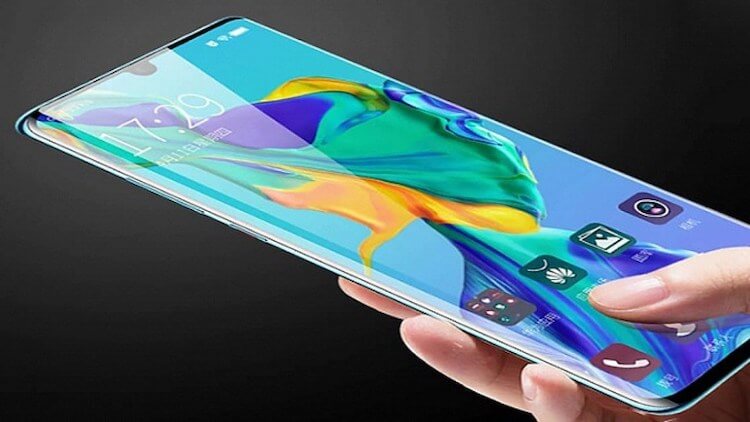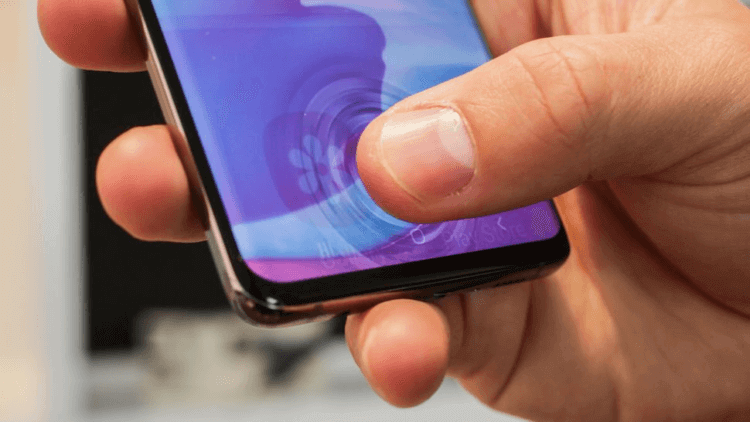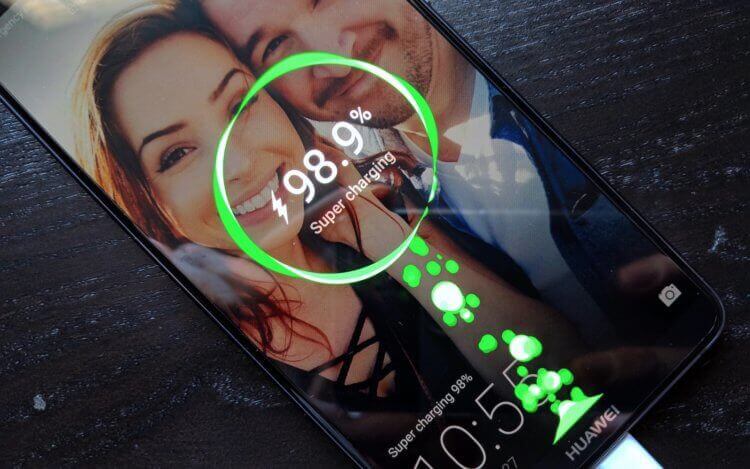Biometric scanning systems for smartphone unlocking have now reached such heights that they are very impressive. True, I cannot agree that they are perfect. Each of them has its drawbacks to work on, and companies do it. True, it is difficult to fight with the main disadvantage of the fingerprint scanner due to the fact that technologies do not yet allow it. This disadvantage is that scanning is possible only in a strictly defined area. Step left or right – scan error. As a result, we get the fact that the convenient way of authentication too often does not work. Often, a fingerprint scanner is still more convenient than a face scan. Especially when a person is wearing a mask, glasses or a helmet. Therefore, it is necessary to do something with it, and it seems Huawei knows what.

Smartphones Huawei were not at the forefront of development at one time, but things have somehow changed recently.
In-screen fingerprint scanner
There was leaked information last week that the company Huawei is working on a new type of fingerprint scanner. According to the Chinese giant, it will not just be somewhere on the case or on the screen – it will be all over the screen. That is, the smartphone screen will essentially turn into a large fingerprint scanner. It will be possible to unlock the device by touching not only a specific place, but any part of the screen.
Scanning your finger in this way can not only unlock the phone, but also give access to applications. In the second case, it could be played very cool in general. For example, you touch the application icon, and the smartphone immediately scans your finger. As a result, there are no additional actions for the user, and from the point of view of safety, a strong leap forward. It will turn out like Judge Dred from the old movie, when before the shot the scanner in the trigger of his pistol read the information about the shooter and marked the bullet. In the film, the hero was almost framed in this way, but in real life it can really be very convenient.

Not everyone will understand, but many will remember.
Fingerprint scan all over the phone screen
Now the company has decided to tell in more detail about a new type of finger scanning, which can make the life of an ordinary user much more pleasant, understandable and intuitive.
In order for the entire screen to be able to scan a fingerprint, the company proposes placing many small sensors under its surface that will work together and scan the finger wherever it is on the screen. It sounds simple and logical, but we must not forget that placing multiple coils in the wireless charger also looked more logical. In fact, so far it has not been possible to create a platform that would charge the phone in any part of its surface.

The scanner in the screen is convenient, but when it is only in one place it is a half-measure.
Huawei also notes that not only she is engaged in these developments, but also other large brands. Agree, everyone wants to get such a competitive advantage. This is something like a system for placing the front camera under the screen. We've already written about the first such smartphone to hit the market. It should be shown on September 1 this year. Huawei is also working on such cameras, but could it be the first company that can fit both a scanner and a front camera under the screen?
Why there are no full screen fingerprint scanners
The main problem with creating a smartphone with a full screen fingerprint scanner is that you need to use multiple biometric sensors. At least three problems emerge here. First, they have their own volume. Placing one scanner on the case, “sliding” the internal components under it, this is normal and can always be done. When they are placed over the entire screen area, this can become a problem and the thickness of the smartphone will increase by a couple of millimeters.
Secondly, increased power consumption can become a problem, which will lead to a decrease in smartphone autonomy. This is especially true if you block applications in the way I described above. In this case, scanners should always be active.

The new function can be not only useful and convenient, but also demanding on the battery.
Third, the cost of such a large number of fingerprint scanners will undoubtedly affect the cost of a smartphone. It is not yet known how much, but at first the difference is likely to be very significant.
How Huawei is working on a new fingerprint scanner
If we talk about the problem of the high price of the final product in which the technology of full-screen fingerprint scanning is applied, there can be only one solution. Huawei announced that it is working to 'reduce the cost of sensors'. When the price reaches the normal level, it will be possible to talk about bringing the technology to the mass market.
The company is also struggling with increasing energy consumption. This, as they say, is easier said than done. Let's see what happens, but for now there is a direction in which to push.

Even though we have just started to come to the scanners on the screen, we definitely have to leave the fact that they are only in one place.
Potentially, you can make it so that the screen does not keep the fingerprint scanner constantly on, but only activates it in the desired area. That is, so that it turns on where you touch the screen. At least there will be some savings, which is good.
When the new biometric sensor comes out
The Chinese brand has also given a very rough graph of when we can expect this technology to hit the market. And it looks like you shouldn't be hoping for the technology to appear soon in smartphones. That is, it will definitely not be in the Mate 40 series. It will take at least one or two generations for it to reach the mass market. Are you ready to wait?
